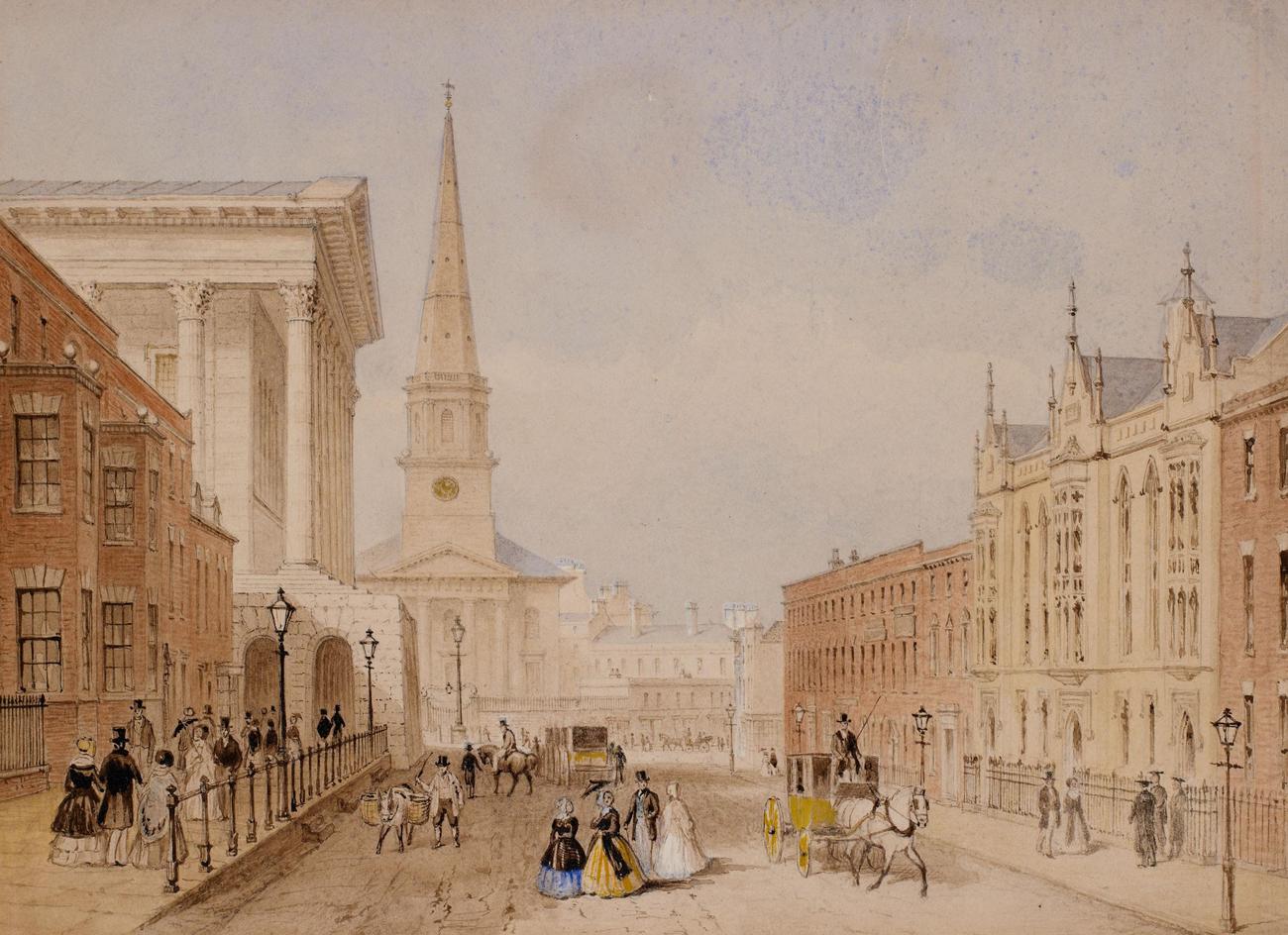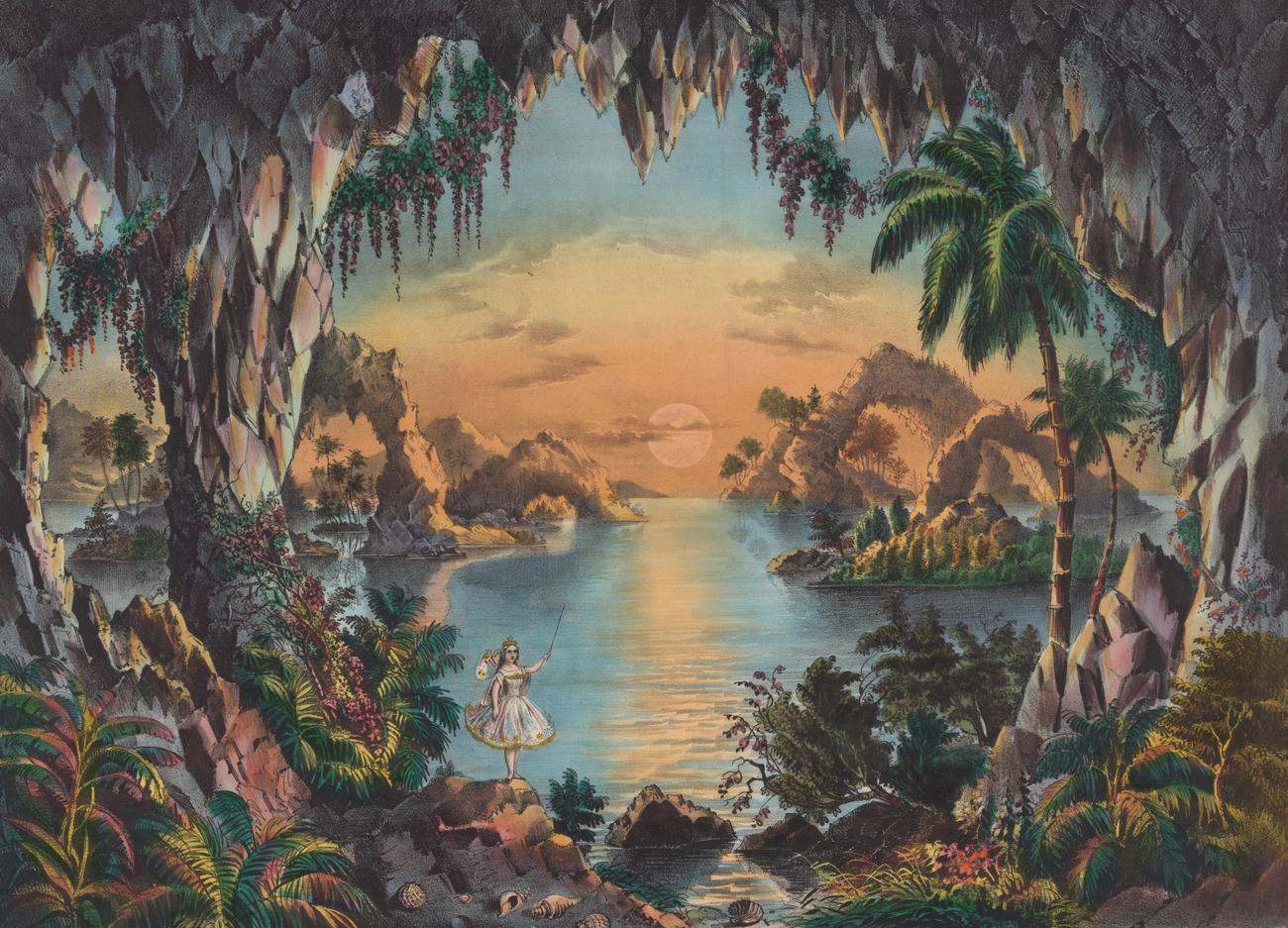Are you ready to embark on an artistic journey, exploring the captivating world of painting? Prepare to be mesmerized as we delve into the depths of art and culture, unearthing fascinating facts about this timeless form of expression. In this article, we will unravel the secrets behind iconic masterpieces, uncover the techniques employed by legendary artists, and unravel the enchanting stories hidden within every stroke of the brush. So, brace yourself for an awe-inspiring adventure through the realm of painting, where art and culture blend harmoniously to captivate our senses and enrich our understanding of the world around us.

Art and Culture Facts About Painting
Do you ever wonder about the intriguing world of painting? From its rich history to the fascinating techniques employed by artists, painting is a captivating art form that has stood the test of time. In this article, we will explore some art and culture facts about painting that will unveil the fascinating aspects of this ancient practice.
Let’s begin by taking a journey back in time. Did you know that people have been painting for as long as 30,000 years? It’s incredible to think that our ancestors were already expressing their creativity through this form of art so many millennia ago. From cave paintings to the elaborate masterpieces in museums today, painting has continuously evolved and flourished throughout history.
One significant development in the world of painting came in the 14th century when the earliest known oil paintings emerged. Before that, artists would primarily use materials like tempera or fresco. The discovery of oil as a medium opened up new possibilities and allowed artists to achieve greater depth, texture, and luminosity in their works. This breakthrough marked a turning point in the evolution of painting techniques.
But let’s not forget the practical aspects of painting. Did you know that artists used to store their paint in animal bladders? It may sound unusual to us today, but in the past, these bladders served as convenient containers that allowed artists to preserve and transport their precious pigments. It’s these little details that add to the charm and historical significance of the art of painting.
Fast forward to the mid-20th century, and we come across another noteworthy fact. World War II brought significant changes to the paint industry. With the scarcity of traditional materials, artists and manufacturers had to adapt. This led to the rise of synthetic paints and the exploration of new techniques and styles. The war, while devastating in many ways, inadvertently pushed the boundaries of artistic expression.
In the 1950s, another groundbreaking development occurred in the world of paint—acrylic paint became commercially available. Unlike oil paint, which takes around two weeks to dry, acrylic paint dries much faster, allowing artists to work more quickly and experiment with different layers and textures. This innovation revolutionized the possibilities of painting, giving artists even greater freedom.
Now let’s delve into the process of creating a painting. Most artists prepare a canvas or another surface before they begin painting. This preparation involves priming the surface, ensuring it is ready to receive the paint. It’s similar to building a strong foundation for a house before starting construction. Without proper preparation, the final result may not be as intended.
Once the canvas is ready, the painting process begins with the divide stage. During this stage, the canvas is divided into a few major areas, and the artist plots the background for those areas. This step sets the stage for the rest of the painting and guides the artist’s creative decisions.
Moving on to the layer stage, where the magic truly happens. Here, the artist plots one layer over another to achieve the desired shape and form in each area. It’s like adding layers of paint to a blank canvas, gradually building up the image. Each layer contributes to the overall composition, bringing the painting to life stroke by stroke.
Finally, we come to the touch-up stage. This is where the artist adds the finishing touches and gives the painting that extra touch of perfection. It’s similar to adding the final details to a sculpture or the last strokes of a brush to complete a masterpiece. The touch-up stage requires extra effort and attention to detail, ensuring that every element is just right.
To summarize, painting is a practice that spans thousands of years and continues to evolve. From the earliest known oil paintings to the introduction of acrylic paint, the world of painting is full of rich history and fascinating techniques. The process of creating a painting involves careful preparation, meticulous layering, and thoughtful touch-ups. It’s a journey that artists embark on to express their creativity and capture the essence of their subjects.
So, the next time you admire a painting, remember the art and culture facts about painting we’ve unveiled today. They bring depth and appreciation to the masterpiece before your eyes. Whether it’s the history, techniques, or the sheer dedication of the artists, painting is truly an awe-inspiring form of art.
Art Facts For Students
– URL: ../art-facts-for-students
Are you a curious student looking to delve into the fascinating world of art? Look no further! Our website offers a comprehensive collection of art facts specifically curated for students like you. Whether you’re interested in learning about famous artists, exploring different art movements, or gaining insights into the creative process, our Art Facts For Students page has it all. Click here to unlock a treasure trove of knowledge that will ignite your passion for the arts and expand your horizons. Don’t miss this opportunity to uncover captivating art facts that will leave you inspired and craving for more. Start your artistic journey now!
FAQ
Q: How long have people been painting?
A: People have been painting for as long as 30,000 years.
Q: When were the earliest known oil paintings created?
A: The earliest known oil paintings date back to the 14th century.
Q: What did artists use to store their paint?
A: Artists used to store their paint in animal bladders.
Q: How did World War II impact the paint industry?
A: World War II brought changes to the paint industry.
Q: When did acrylic paint become commercially available?
A: Acrylic paint only became commercially available in the 50s.
- Unlock Water’s Symbolism: A Cross-Cultural Exploration - April 20, 2025
- Identify Black and White Snakes: Venomous or Harmless? - April 20, 2025
- Unlocking Potential: Origins High School’s NYC Story - April 20, 2025















